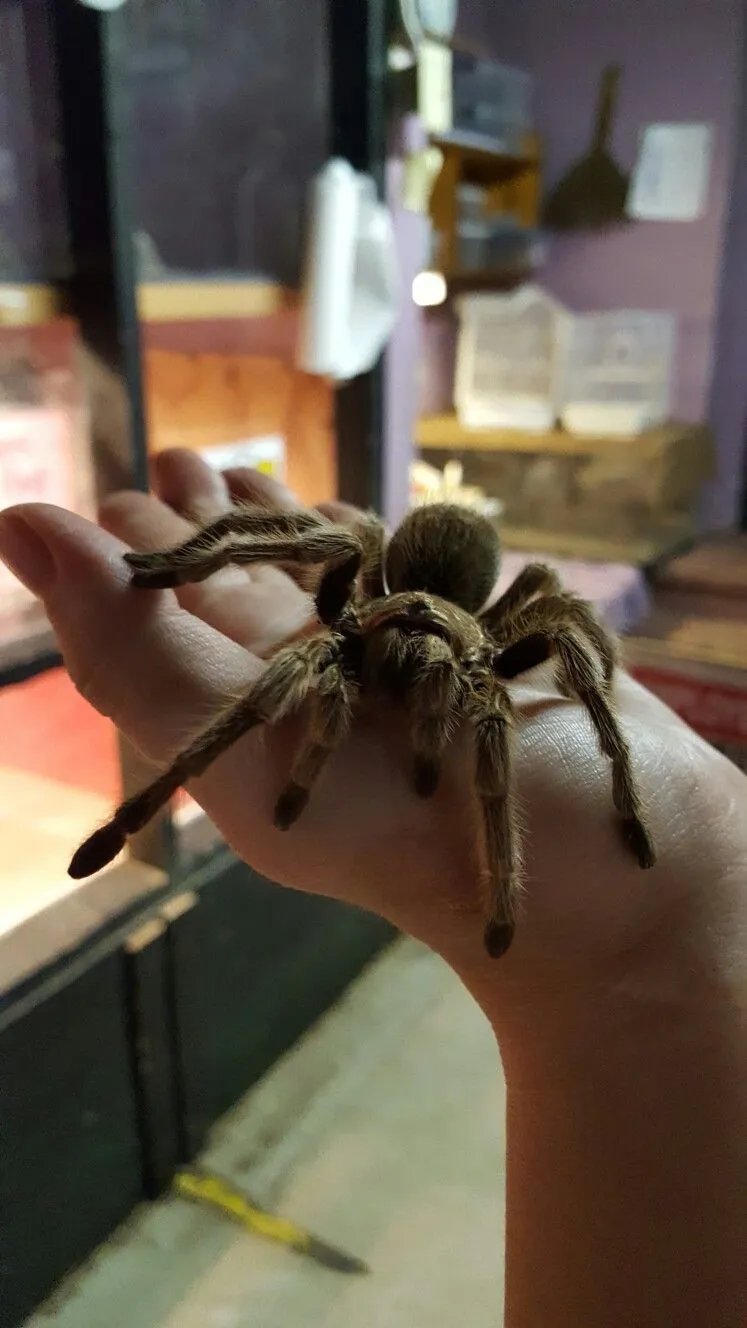Understanding Rose Hair Tarantulas
The Rose Hair Tarantula (Grammostola rosea), a beloved pet in the arachnid world, originates from the arid regions of Chile, Bolivia, and Argentina. Their docile nature, combined with their striking appearance, has made them a popular choice for both novice and experienced tarantula keepers. Understanding their natural behavior is crucial for providing a comfortable and healthy environment, and one of the most common observations is their climbing behavior. Unlike some arboreal species, Rose Hair Tarantulas are primarily terrestrial, meaning they are adapted to living on the ground. This raises the question why these spiders, with their preference for the earth, sometimes display the behavior of climbing the walls of their enclosure.
Natural Habitat and Behavior
In their natural habitat, Rose Hair Tarantulas are burrowers. They construct elaborate burrows in the ground where they spend most of their time, emerging primarily to hunt or to find a mate. These burrows offer protection from predators, extreme temperatures, and the harsh environmental conditions of their native habitat. They are ambush predators, waiting patiently within their burrows for unsuspecting prey to wander within striking distance. Understanding these natural behaviors is fundamental to properly interpreting the actions within captivity. If a tarantula is climbing it is important to analyze the surroundings, environment, and circumstances to see what has caused this change.
Burrowing Instincts vs. Climbing
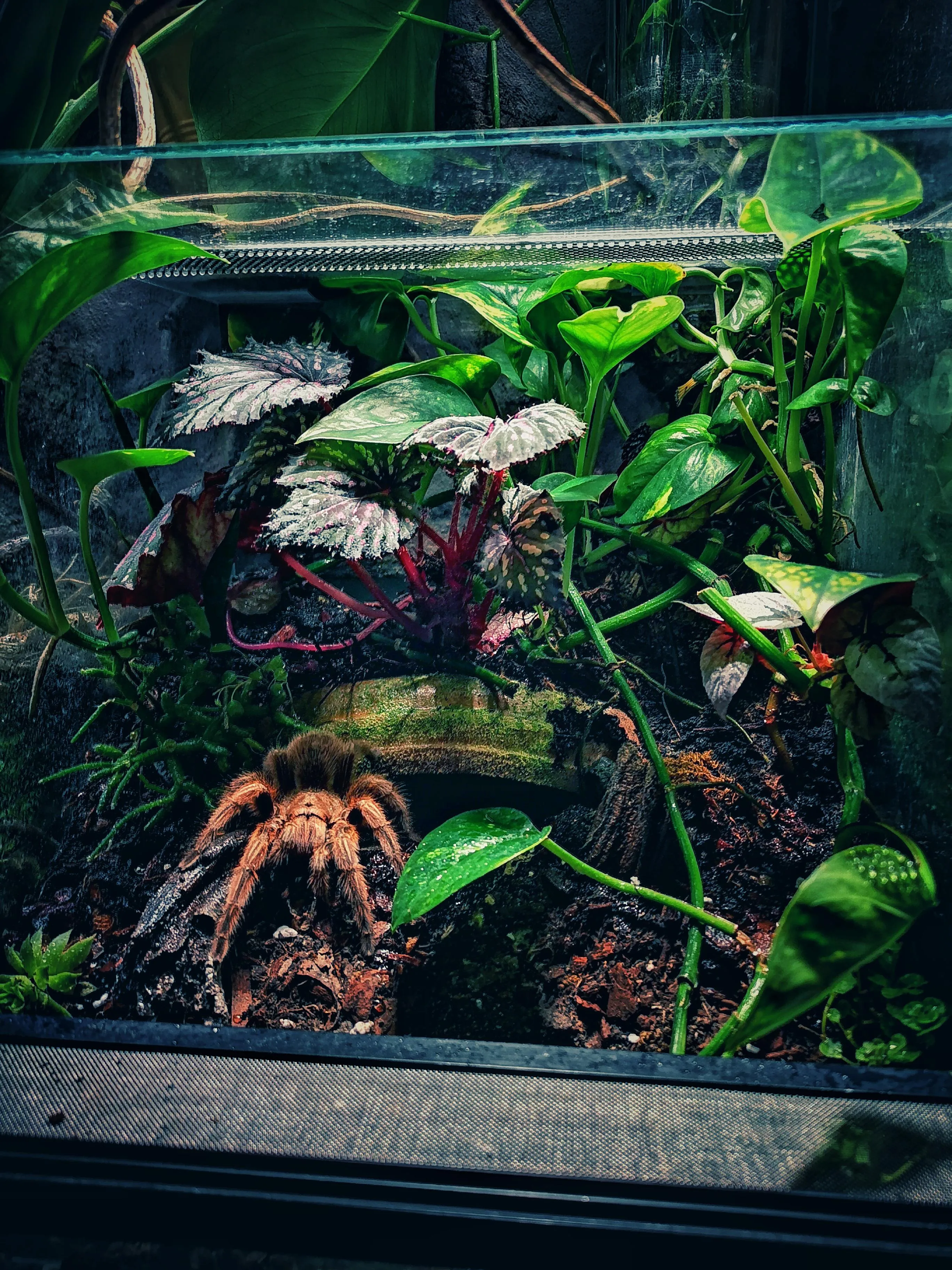
The contrast between burrowing and climbing behavior is a key aspect of understanding why a Rose Hair Tarantula might climb. Their natural inclination is to dig and create a burrow, using their strong legs and fangs to excavate a safe haven. Climbing, therefore, is often an indicator that something is amiss in their environment. When a Rose Hair Tarantula climbs, it’s deviating from its typical behavior, and this deviation is what catches the attention of most keepers. It’s this deviation that warrants investigation, as it can signify stress, discomfort, or an attempt to escape unfavorable conditions.
Top 5 Reasons Why Rose Hair Tarantulas Climb
Several factors can contribute to a Rose Hair Tarantula’s climbing behavior. Recognizing these reasons is the first step in ensuring your pet’s well-being and providing a suitable environment. Here are five of the most common causes:
Seeking a More Suitable Environment
One of the most common reasons for climbing is a desire to escape an unfavorable environment. Tarantulas, like any animal, are sensitive to their surroundings, and changes in temperature, humidity, or the overall enclosure setup can trigger climbing. If the environment does not meet the necessary requirements the spider may try to climb to escape the current situation.
Temperature and Humidity Issues
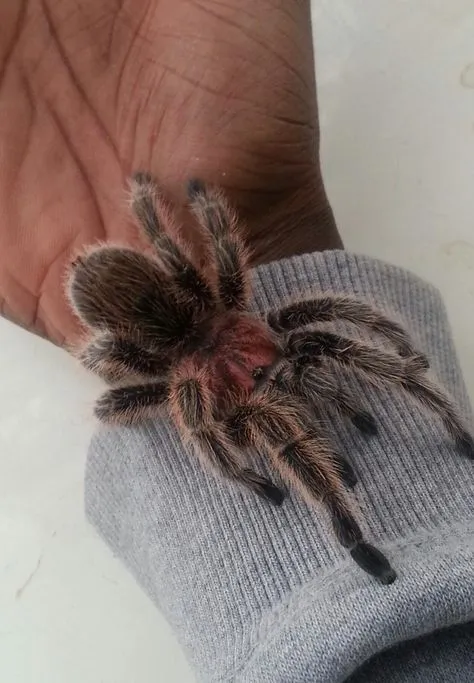
Rose Hair Tarantulas thrive in specific temperature and humidity ranges. Temperatures should typically be between 75-85°F (24-29°C), and humidity should be moderate. Too much or too little of either can cause stress, leading to climbing behavior. High temperatures can cause the tarantula to seek cooler areas, while low humidity can lead to dehydration and discomfort. Always monitor the temperature and humidity levels within the enclosure using a reliable thermometer and hygrometer.
Inadequate Substrate Depth
A shallow substrate can also contribute to climbing behavior. Rose Hair Tarantulas are burrowers, and they need enough substrate to create a comfortable and secure burrow. If the substrate is too shallow, they may feel exposed and attempt to climb the enclosure walls to find a more secure spot. A substrate depth of at least 4-6 inches is typically recommended, although some keepers provide even more.
Molting Preparation
Molting is a natural process where tarantulas shed their exoskeletons to grow. During this period, the tarantula becomes vulnerable. Climbing can be a sign that a tarantula is preparing to molt, as they may seek a more secure location or a spot where they feel safer. It is very important to not disturb a spider that is molting.
Pre-Molting Symptoms
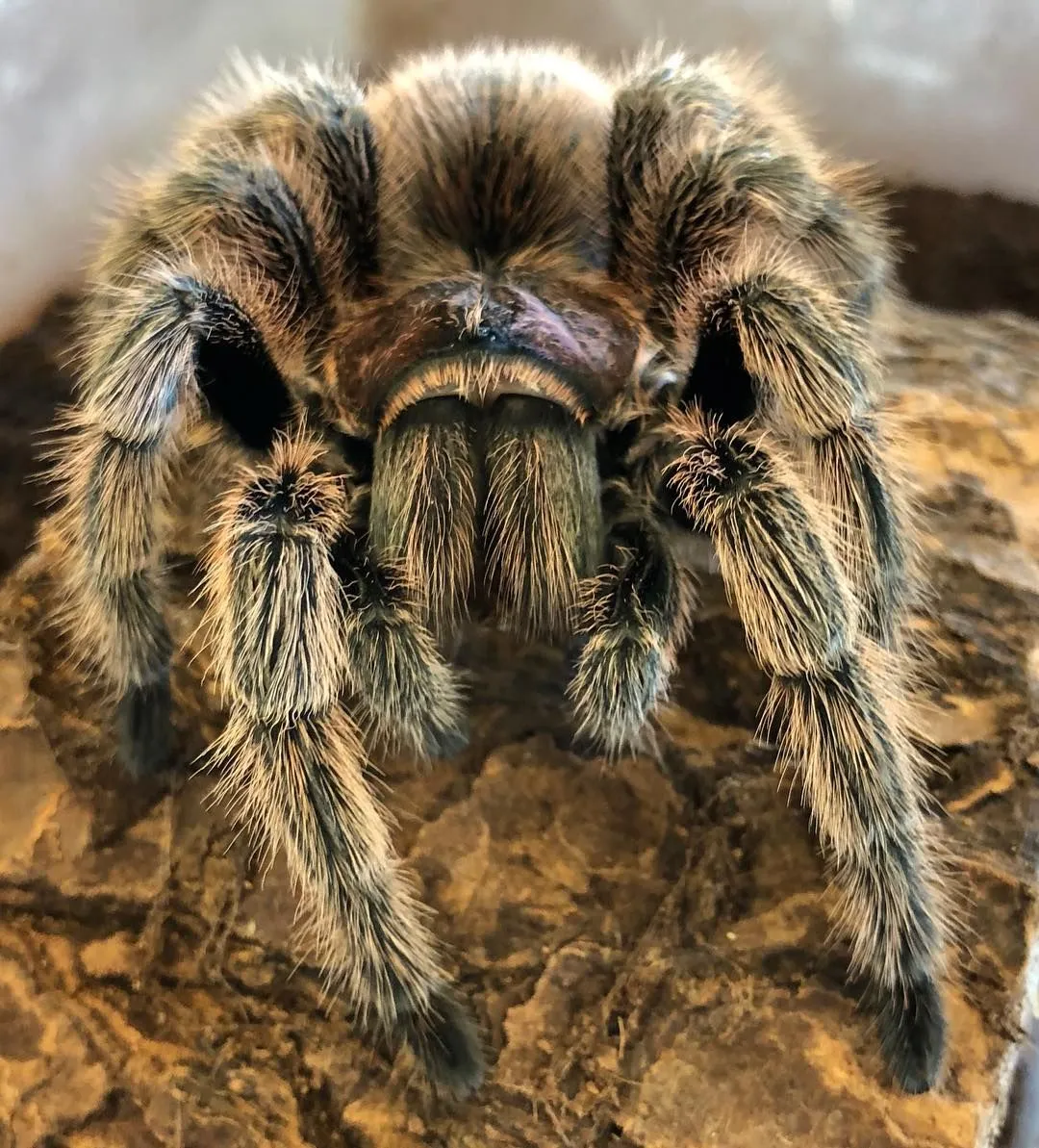
Several signs can indicate that your tarantula is preparing to molt. These include a loss of appetite, a change in color (often appearing duller or darker), and the tarantula becoming more lethargic. The tarantula may also start to build a web mat or retreat to a specific area of the enclosure. Climbing, in this context, might be a behavior linked to finding a safe spot to shed its exoskeleton. Ensure that there are no disturbances in the enclosure when the tarantula is molting.
Post-Molting Behavior
After molting, the tarantula will be in a very vulnerable state as its new exoskeleton hardens. They will typically stay in a safe place until their new shell is hardened. Provide extra water during this period and avoid feeding the tarantula for a few days until its fangs are fully hardened.
Stress and Anxiety
Tarantulas, despite their hardy nature, can experience stress. Climbing can be a response to stress, which can stem from several factors within their environment. Identifying the sources of stress and taking measures to alleviate them is crucial for the tarantula’s well-being.
Handling and Disturbances
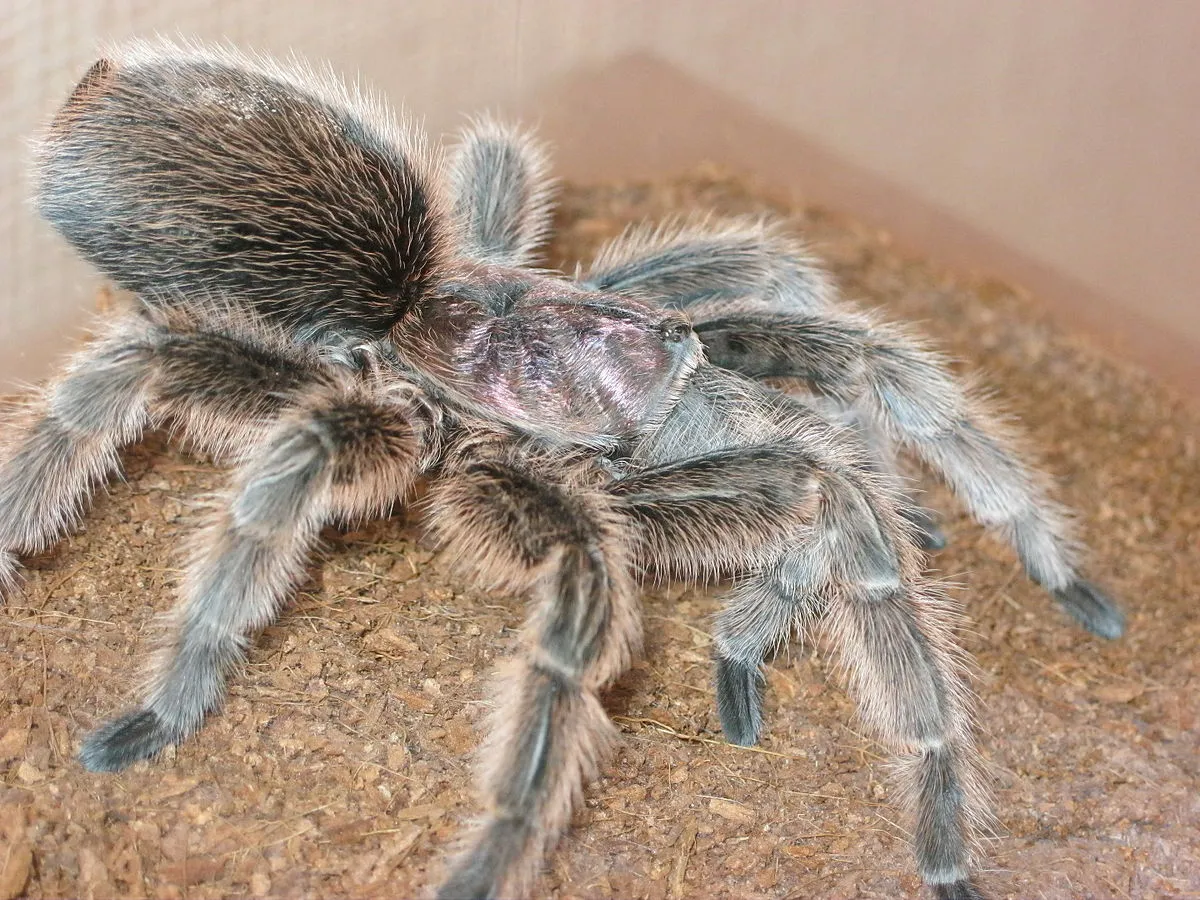
Frequent handling or excessive disturbance of the enclosure can be major sources of stress. Tarantulas are generally not fond of being handled, and repeated attempts to do so can make them feel threatened. Similarly, vibrations, loud noises, or sudden movements near the enclosure can also cause stress. It’s always recommended to handle your tarantula as little as possible, and if you must, do so gently and with respect for the animal’s needs.
Presence of Predators or Threats
While your home might seem safe, a tarantula might perceive threats in its environment. This includes other pets, such as cats or dogs, or even sudden movements or changes in the surroundings. If the tarantula feels threatened, it may attempt to climb in an effort to escape or seek a more secure location. Ensure that the enclosure is placed in a calm, quiet area away from potential threats.
Exploration and Curiosity
Sometimes, climbing may simply be a result of exploration and curiosity. Tarantulas are not purely passive creatures, and they may explore their surroundings, especially when they are young or in a new environment. If the enclosure is well-suited to the tarantula’s needs, climbing may just be a temporary behavior associated with exploring their habitat. However, it should still be monitored.
Insufficient Enrichment
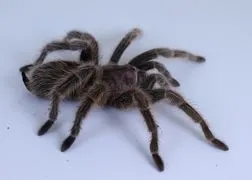
While Rose Hair Tarantulas are not known for requiring extensive enrichment, a lack of it can contribute to climbing. If the enclosure is too bare and lacks features, like hiding spots or varied terrain, the tarantula may become bored and attempt to climb. Providing a variety of hiding places, such as cork bark or artificial plants, can give the tarantula a sense of security and encourage more natural behaviors.
Boredom and Lack of Stimulation
Similar to humans, tarantulas can experience boredom. A lack of stimulation, such as the absence of enrichment items, could encourage climbing. Ensure that the enclosure is well-furnished to keep the tarantula entertained and provide areas where it can display its natural behaviors, such as burrowing and hiding.
Providing the Right Environment
Creating the right environment is critical to preventing climbing behavior and ensuring the well-being of your Rose Hair Tarantula. Providing an appropriate environment will often address the reasons behind the tarantula’s climbing. Consider these aspects to offer an ideal habitat for your pet.
Choosing the Right Enclosure
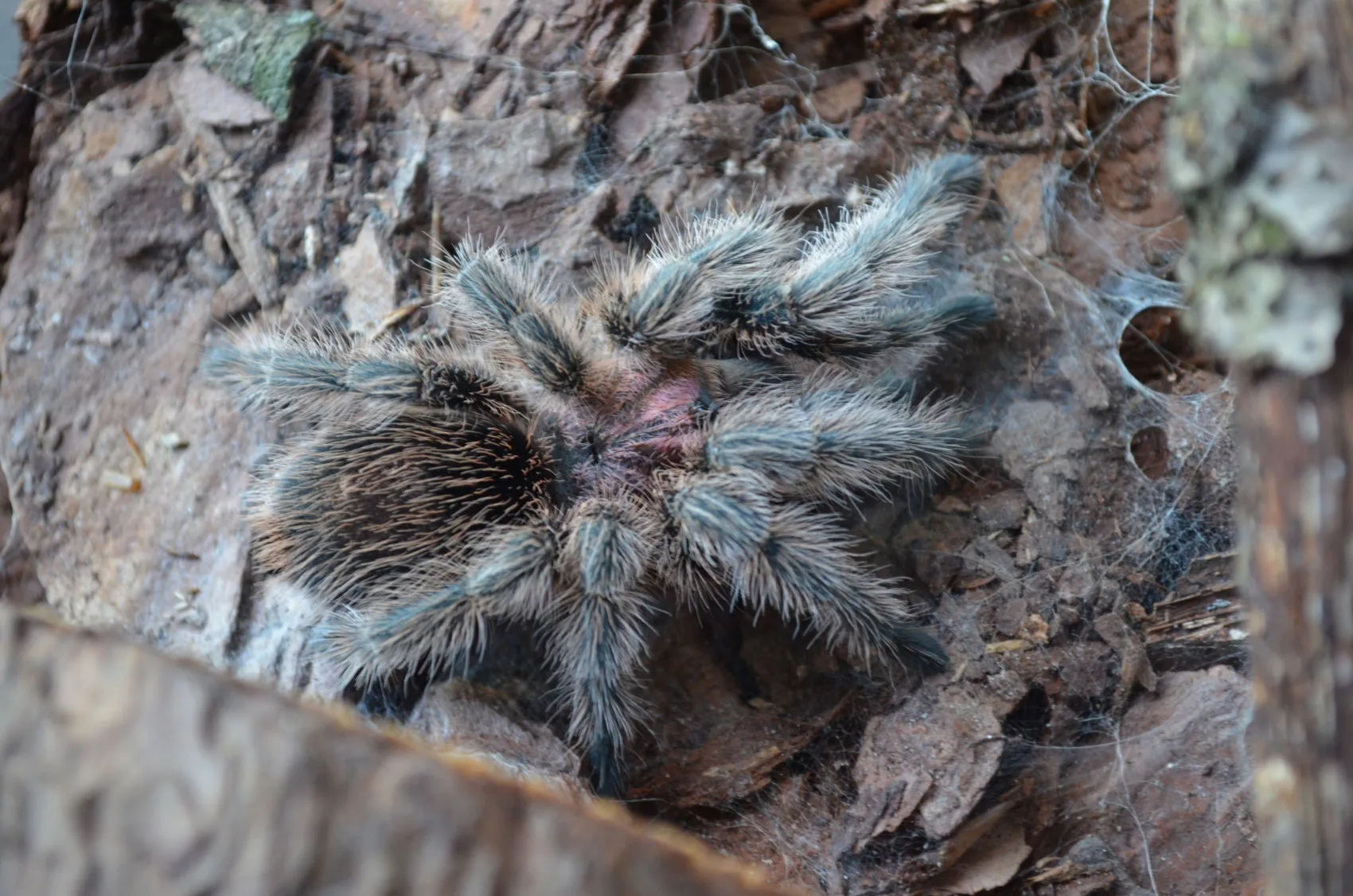
The enclosure should be appropriately sized for your tarantula, providing ample space for burrowing and movement. A secure lid is essential to prevent escapes. Ensure the enclosure is well-ventilated, but not drafty. The material of the enclosure should be easy to clean and maintain, with adequate ventilation holes to allow for airflow. Glass or plastic enclosures are suitable options.
Substrate Recommendations
The substrate is the foundation of your tarantula’s environment. It should be deep enough for burrowing and able to retain moisture. A mix of peat moss, coconut fiber, and a bit of vermiculite works well, but there are several commercially available substrate mixes designed specifically for tarantulas. Ensure the substrate is clean, free from pesticides, and replaced regularly to maintain a healthy environment. The ideal substrate should be able to retain moisture while still providing adequate drainage and ventilation.
Maintaining Optimal Conditions
Regularly monitor temperature and humidity levels, using a reliable thermometer and hygrometer. Provide a water dish with fresh water at all times. Offer a varied diet of appropriate-sized insects, and avoid overfeeding. Keep the enclosure clean by removing any uneaten food and waste regularly. A clean, well-maintained enclosure helps prevent stress, disease, and unwanted behaviors.
Monitoring Behavior and Seeking Professional Help
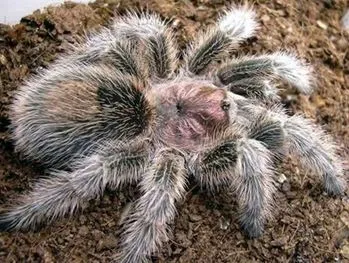
Observing your tarantula’s behavior is key to understanding its needs and addressing any potential issues. While occasional climbing might be normal, persistent climbing should be investigated. If you notice an unusual pattern of behavior or are concerned about your tarantula’s health, it’s always best to consult with an expert.
Recognizing Abnormal Climbing Patterns
Pay attention to the frequency, duration, and context of the climbing behavior. Occasional climbing, especially when the tarantula is exploring a new environment, might not be a cause for concern. However, if the tarantula is constantly climbing, doing so at all hours, or displaying other unusual behaviors such as refusing to eat or lethargy, this warrants further investigation. Note any changes in the enclosure or feeding habits, as these might provide clues.
When to Consult a Veterinarian or Expert
If you’ve addressed the common causes of climbing, such as environmental issues, and the behavior persists, it’s time to seek professional help. A veterinarian specializing in exotic animals or a tarantula expert can provide insights and advice specific to your pet’s situation. They can help identify any underlying health issues, advise on adjustments to the enclosure, and offer recommendations for improving your tarantula’s overall well-being. Early intervention often leads to the best outcomes for your pet.
